Nombre:
Puerto de Melbourne
Otro:
Localización:
Ver mapa más grande
Tipo: Puertos
Categoría:
Foto:

Voto:
Continente: Oceanía
País: Australia
Localización: Melbourne
Año: 1889
Estado: Terminado
Descripción:El Puerto de Melbourne en Australia
por Eugenio Rodríguez — 3 mar, 2013
El Puerto de Melbourne se localiza en la desembocadura del Río Yarra, en el estado australiano de Victoria, propiedad de Port of Melbourne Corporation. Construido en 1889 con una extensión de 143.000 m², se trata del mayor puerto de carga general de Australia, manejando casi el 37% del comercio total de contenedores del país, recibiendo cada año la visita de más de 3.500 buques.
Actualmente se está llevando a cabo un proyecto para ampliar su capacidad mediante un presupuesto de 1,2 mil millones de euros, dirigido por los ingenieros civiles de Aurecon. Así mismo, los ingenieros de Arup serán los encargados de proporcionar toda la ingeniería marítima para el proyecto de expansión. Si todo se desarrolla según lo previsto, quedará terminado en 2016.
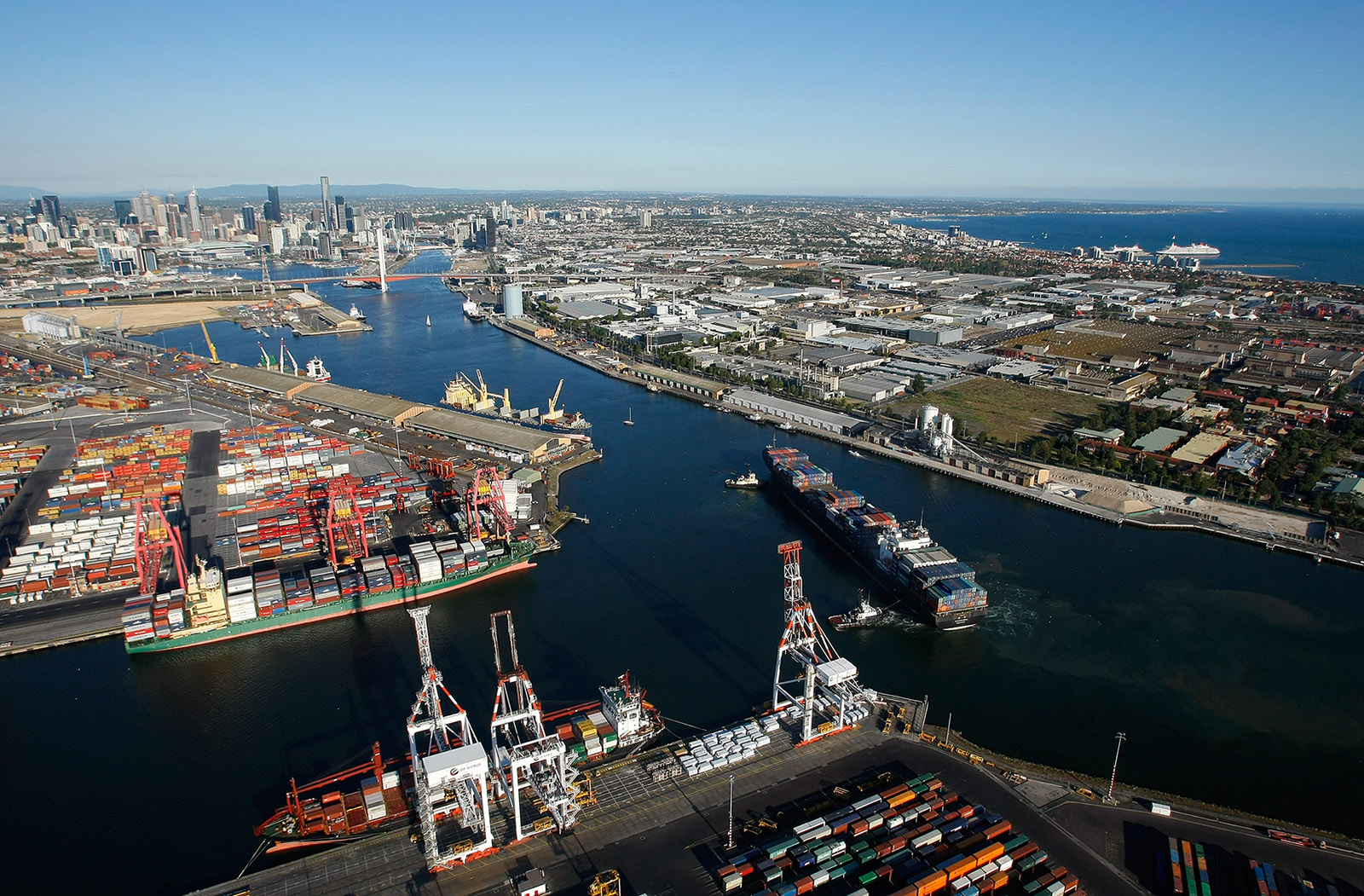
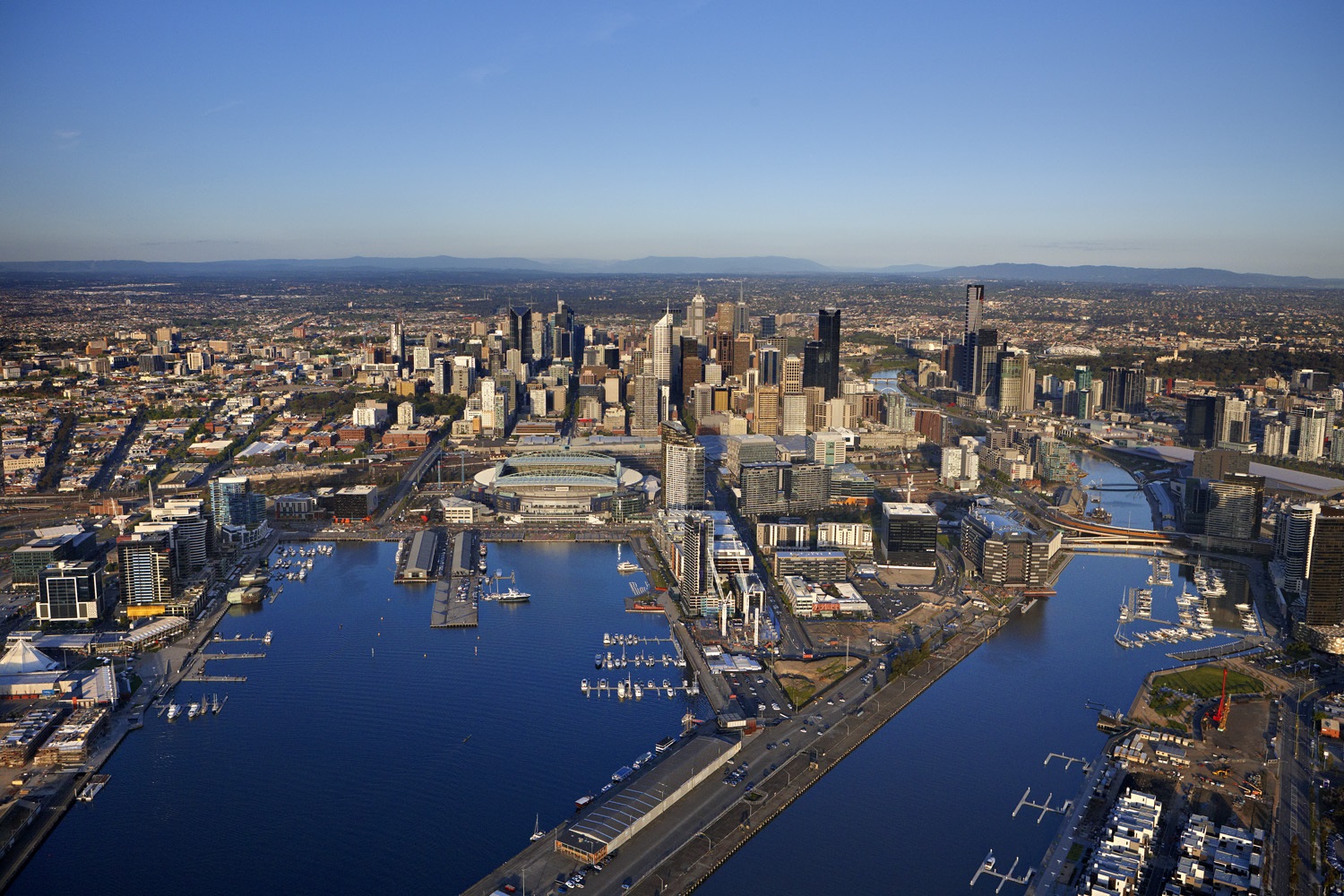



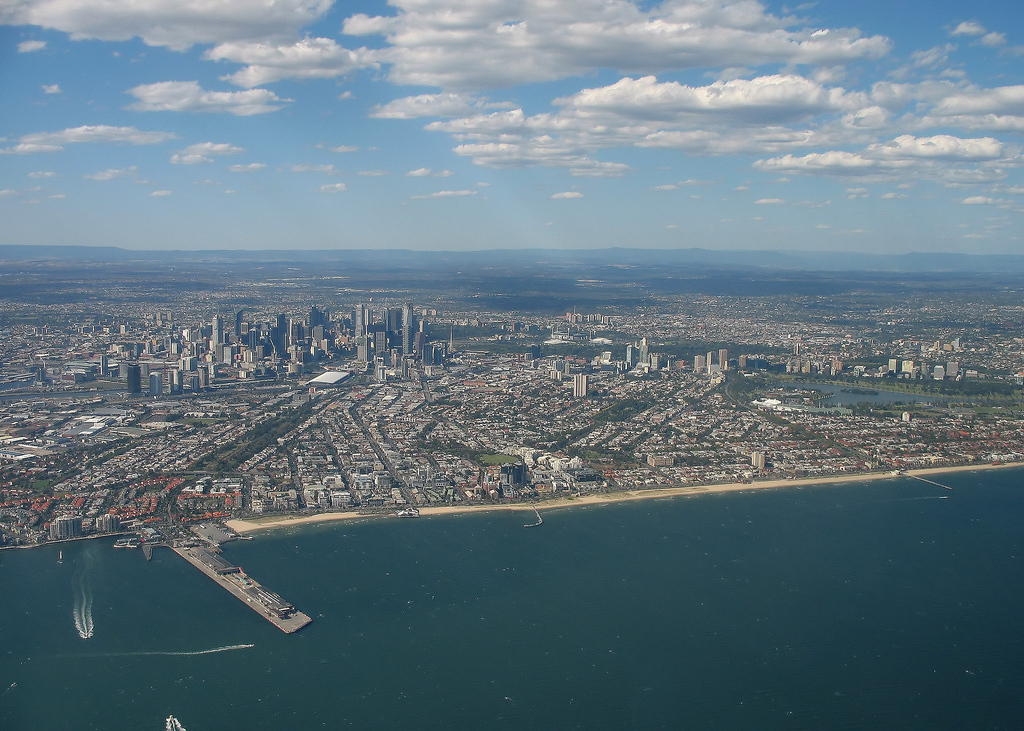
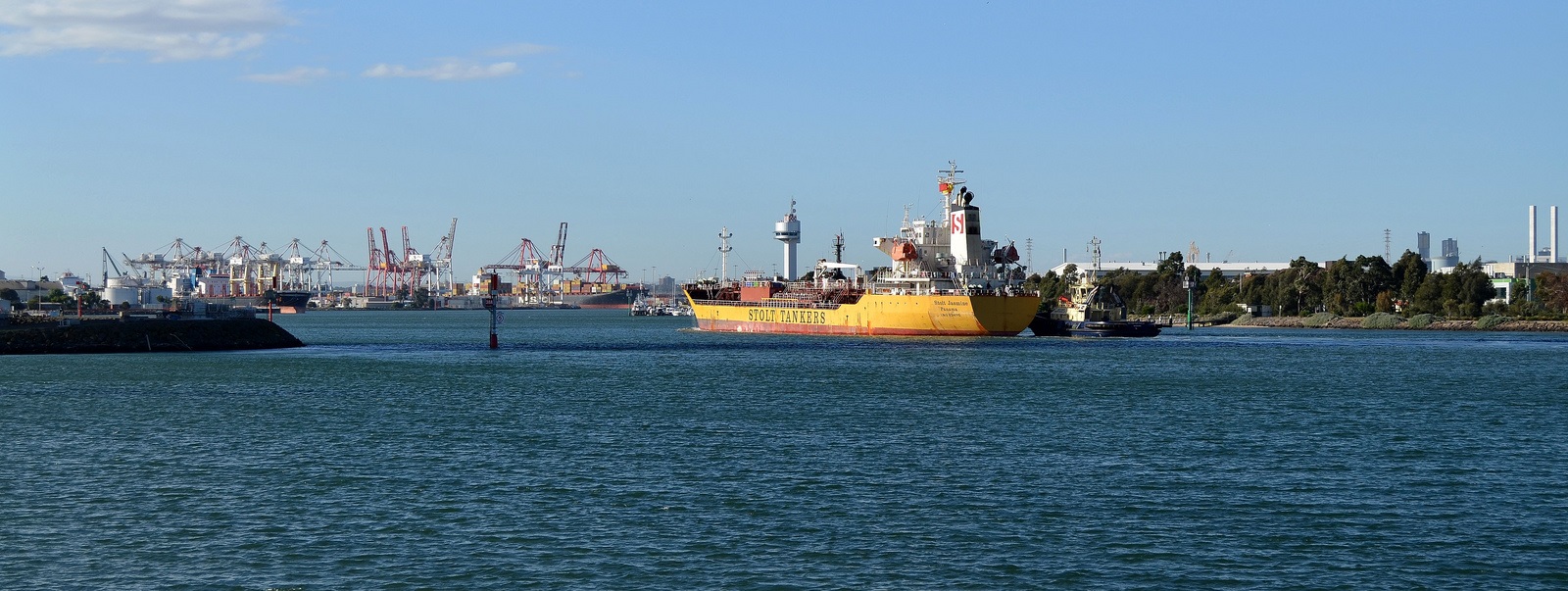
Los operadores de las terminales de contenedores del puerto, DP World y Patrick Stevedores, son los responsables de manejar la mayoría de las mercancías que entran en puerto, mientras que Patrick Shipping y Toll Shipping operan en exclusiva las terminales dedicadas para envío internacional.
Antes de que el puerto entrase en pleno funcionamiento en 1889, el Río Yarra no podía recibir grandes barcos. Como resultado, los buques más grandes descargaban las mercancías en Hobsons Bay (ahora Williamstown) o Sandridge, donde eran transportados por ferrocarril a los almacenes principales.
Para hacer al río más navegable, en 1877 el gobierno colonial de Victoria contrató a Sir John Coode, un ingeniero inglés, para encontrar una solución al problema. De acuerdo con el plan de Coode, se construiría un canal al sur del río existente para cambiar su curso en general. Esto permitió a los grandes buques navegar hasta Queensbridge.
A lo largo del tiempo, el acceso al este de los muelles fue restringido en varias ocasiones debido a la construcción de dos puentes, el Spencer Street Bridge en 1928 y el Charles Grimes Bridge en 1975, unido a la construcción de la primera terminal de contenedores en Coode Island.
Para permitir que buques más grandes pudieran entrar en el puerto de Melbourne, en febrero de 2008, se realizó un nuevo proyecto para profundizar los canales de navegación que finalizó en noviembre de 2009 con una inversión de 190 millones de euros. Esto hizo posible que el puerto contase con un calado de 14m mediante la retirada de 22 millones de metros cúbicos de arena y limo de los canales existentes.
Por otro lado, el Dynon Port Rail Link fue construido en julio de 2009 para proporcionar un vínculo directo por tren y sin interrupciones al puerto, que conecta con la principal línea ferroviaria norte de Footscray Road.
El último proyecto de expansión por valor de 920 millones de euros, fue anunciado en abril de 2012, aunque en junio del mismo año hubo que inyectar una inversión adicional de 280 millones de euros, con objeto de mejorar aún más la infraestructura para el comercio de importación y exportación de vehículos en el Muelle de Webb.
El proyecto se espera que genere 700 empleos directos y 1.900 empleos indirectos, que incluirá una nueva terminal de contenedores en el Muelle de Webb (con una capacidad de manejo de un millón de contenedores al año), la mejora de la infraestructura en el Muelle de Swanson, la creación de nuevas vías, así como mejoras generales alrededor de la zona portuaria. El segundo plan realizado en junio de 2012, facilitará la construcción de 920m de nuevos muelles, 1.000 pilotes de apoyo y 24.000 m² de plataformas de hormigón, habilitando al puerto para manejar las exportaciones de más de 600.000 vehículos al año.

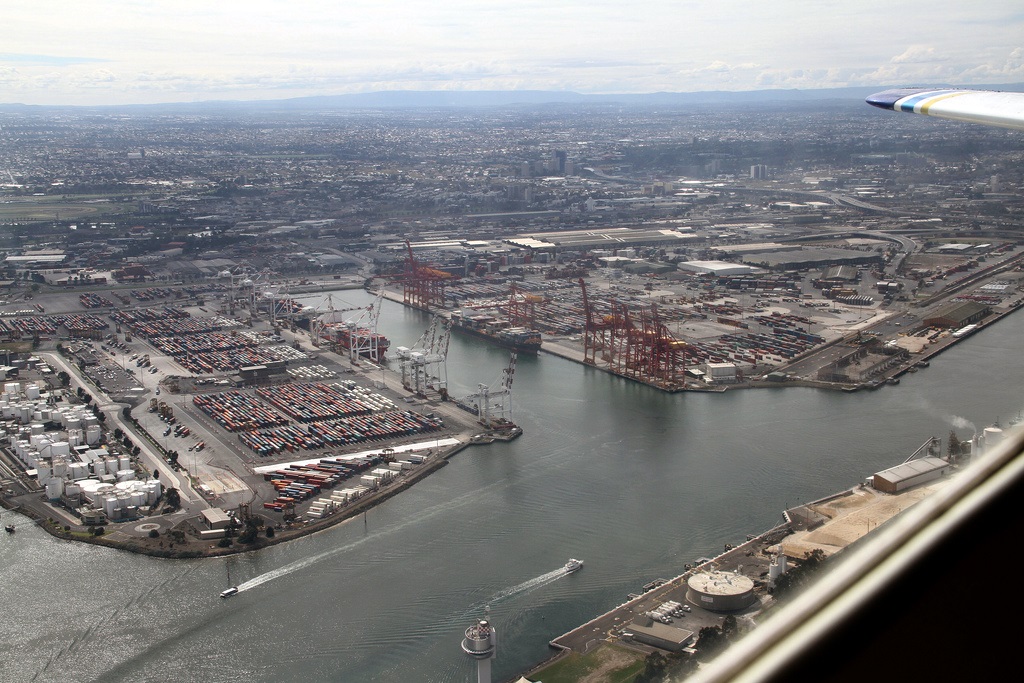


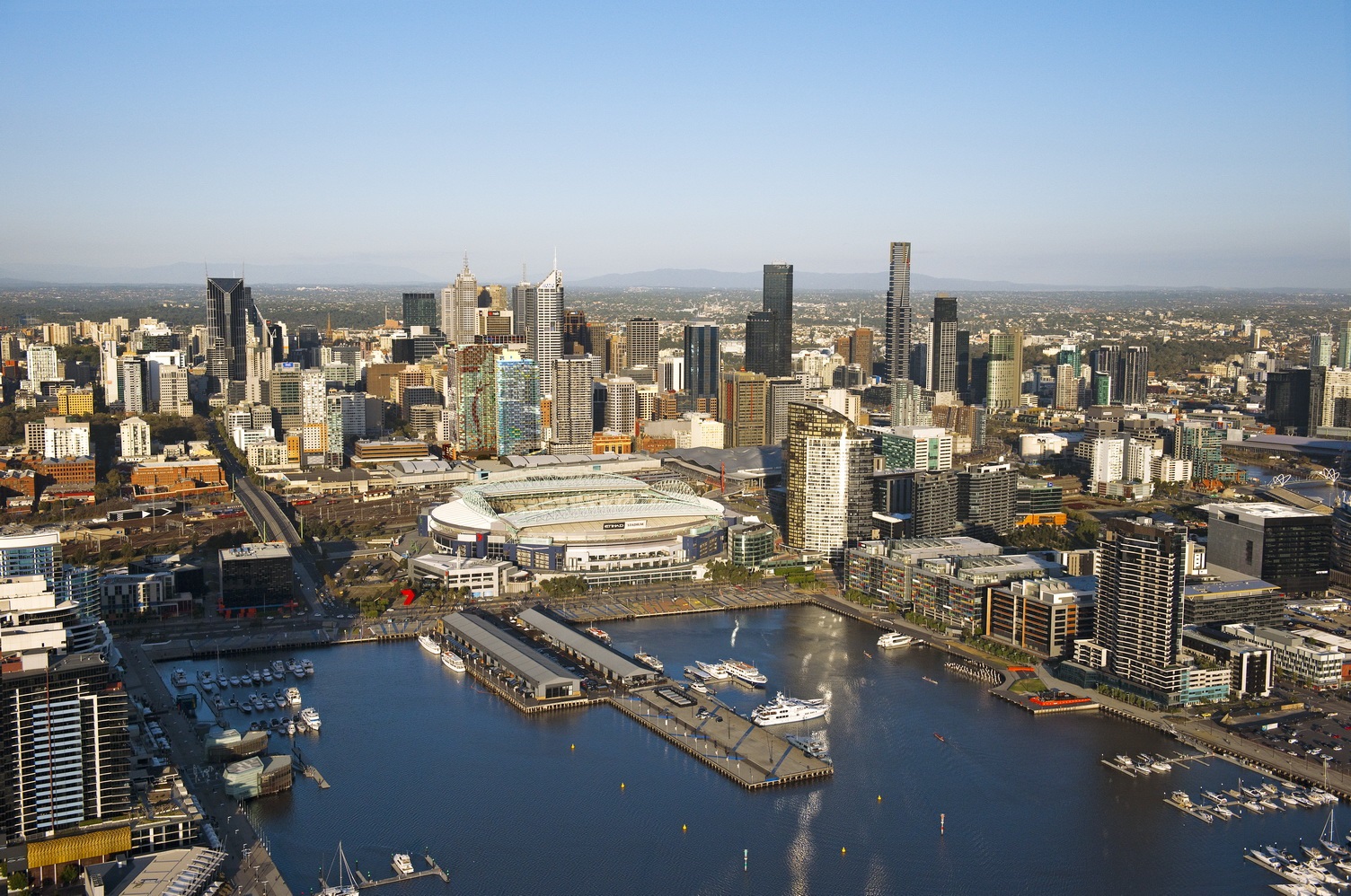
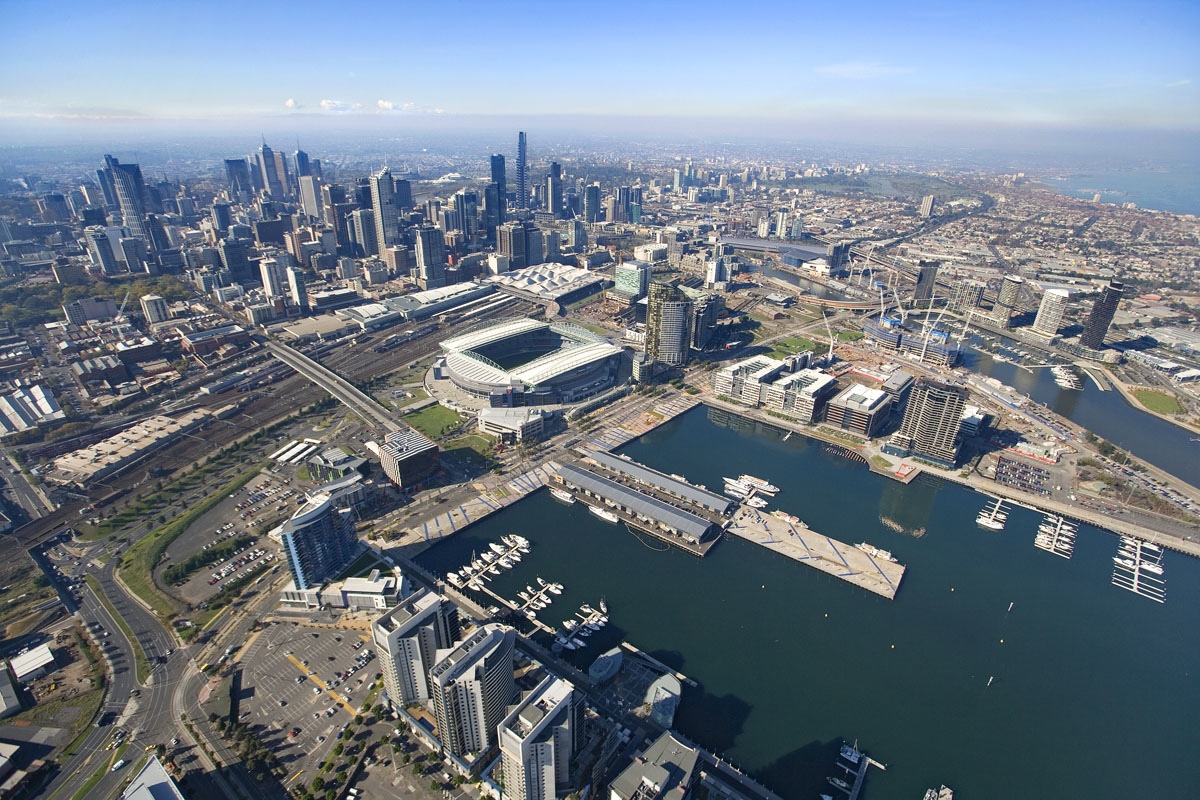
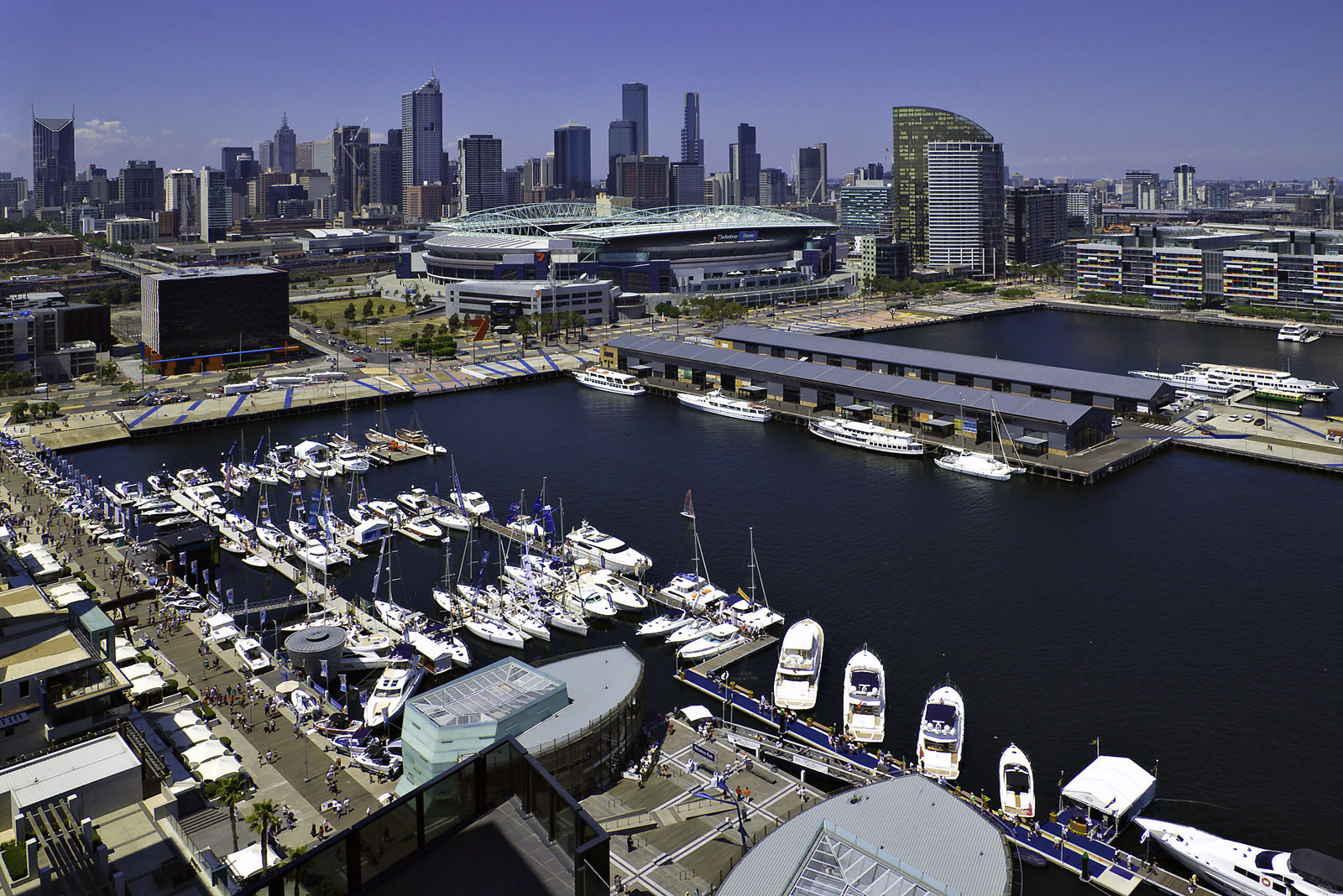
Las normas y reglamentos de seguridad en el puerto se establecen de acuerdo con el Acta de Seguridad en Instalaciones de Transporte Marítimo y Marino (MTOFSA). El puerto utiliza tres niveles de seguridad. El nivel uno es el predeterminado, el nivel dos se aplica cuando hay un alto riesgo de un incidente de seguridad, y el tercer nivel se aplica cuando el riesgo de la seguridad es inminente.
En el ejercicio al cierre de junio de 2009, el puerto movilizó 2,16 millones de TEU (una TEU es la capacidad de carga de un contenedor normalizado de 20 pies). Durante este período, a pesar de que el comercio de mercancías cayó un 4,4%, el puerto logró mantener su posición de liderazgo en toda Oceanía. El negocio de exportación e importación sufrió duramente debido a la desaceleración económica mundial y la grave sequía en el sudeste de Australia. Como resultado, las importaciones disminuyeron un 605% y las exportaciones un 3,3%.
Sin embargo, el comercio total de mercancías llevada a cabo por el puerto en el ejercicio 2009-2010 fue de 2,24 millones de TEU, con un incremento del 3,7% respecto al ejercicio anterior. Seguidamente, en enero de 2010, el puerto vio un nuevo incremento del comercio total en un 9,5%, consiguiendo desde entonces una tasa media de crecimiento anual del 6,3%.
http://www.fierasdelaingenieria.com/el-puerto-de-melbourne-en-australia/

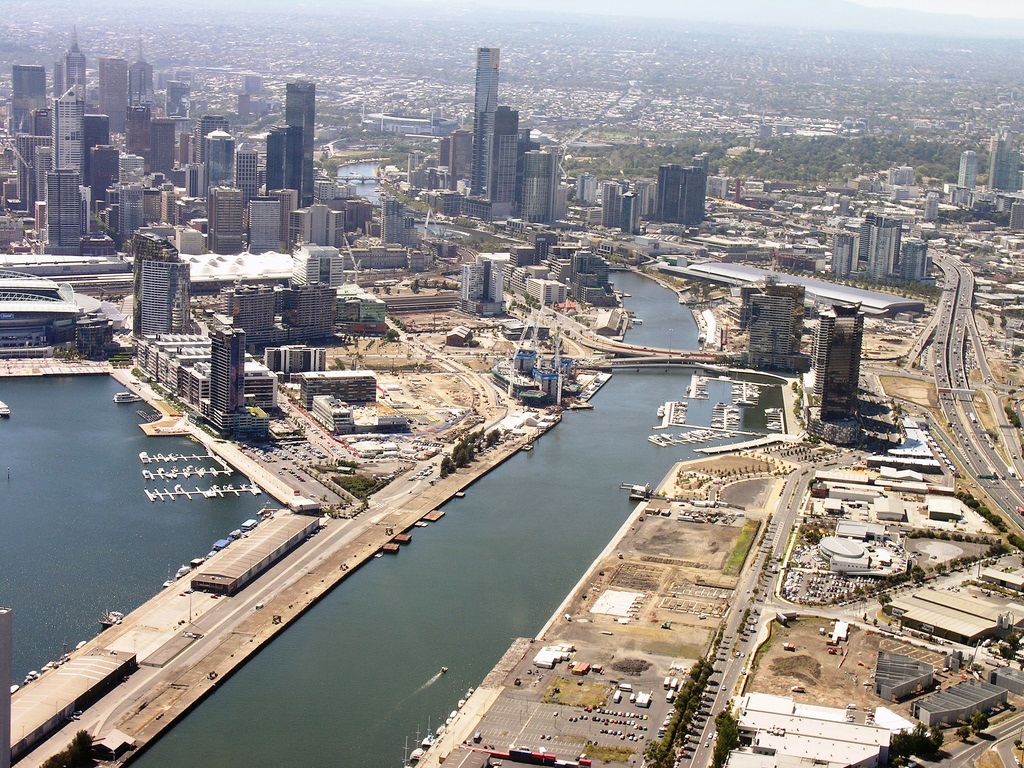



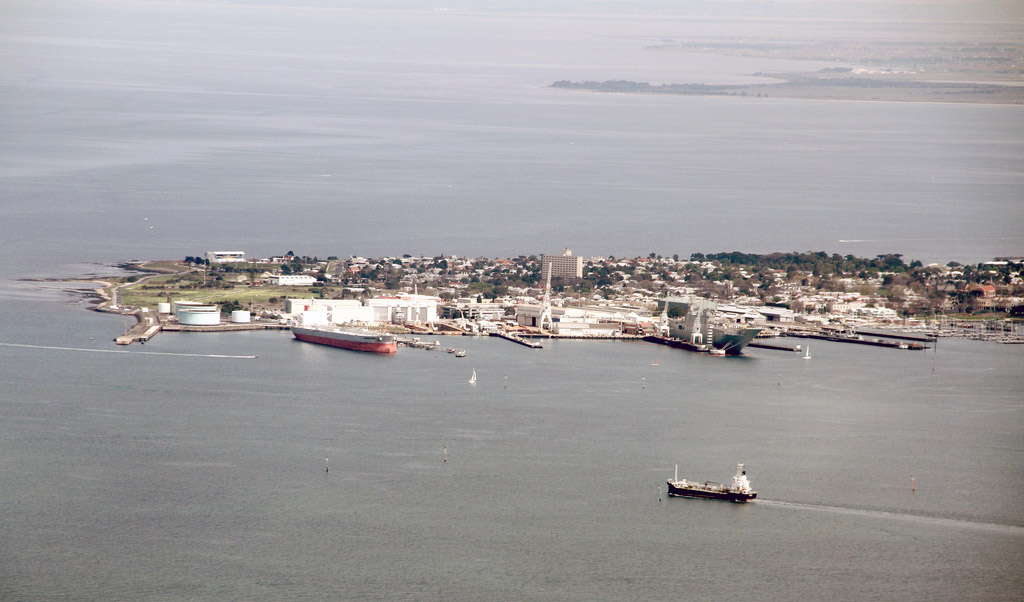

Bid war for new Melbourne car terminal
25 Apr 2013
The Port of Melbourne has announced that Hutchison Port Holdings (HPH), Wallenius Wilhelmson Logistics (WWL) and Australian Amalgamated Terminals (AAT) have all been shortlisted as bidders to operate the new car terminal at Webb Dock.
This follows the three companies being shortlisted by the port following the expression of interest phase. The port says that all three have accepted the invitation to compete in the next stage of the bidding war.
Port Strategy approached both HPH and WWL on the issue. WWL said it was "delighted to be shortlisted as a bidder" for the redevelopment of the terminal.
Rob Lord, regional director Oceania, Wallenius Wilhelmsen Logistics, said: "The opportunity to be involved in Melbourne, Australia which has been a key part of our trading network, for over 100 years, is too good to ignore."
"We welcome this opportunity to showcase our global experience, strong environmental credentials, and unique expertise - to develop something unique and effective, and well integrated to the nearby residential and commercial landscape of Melbourne."
Melbourne is already Australia’s largest automotive port. The new car terminal is part of the port’s AUS$1.6bn Port Capacity Project which aims to reconfigure Webb Dock by building a new container terminal capable of handling one million boxes per year.
When completed, the facility will also have an automotive handling facility able to handle 600,000 vehicles annually. Both facilities are expected to be operational in late 2016.
HPH and WWL have also reportedly been shortlisted for the pre-delivery vehicle inspection hub which will be located next to the new terminal and reponsible for preparing vehicles for direct delivery to dealerships across the Victoria State. But they have competition - the operators are up against three Oz companies for the tender – Autonexus, Patrick Autocare and Prixcar.
The successful bidder or bidders for the car terminal and the inspection hub should be announced before March 2014. The Port of Melbourne says that more than one operator could wind up being successful.
Webb Dock terminal aims to take pressure off the port which has been suffering from the fallout of high cargo growth - the long-term plan also calls for a new container terminal at Hastings on the Mornington Peninsula.
http://www.portstrategy.com/news101/world/australasia/game-on-for-new-melbourne-car-terminal
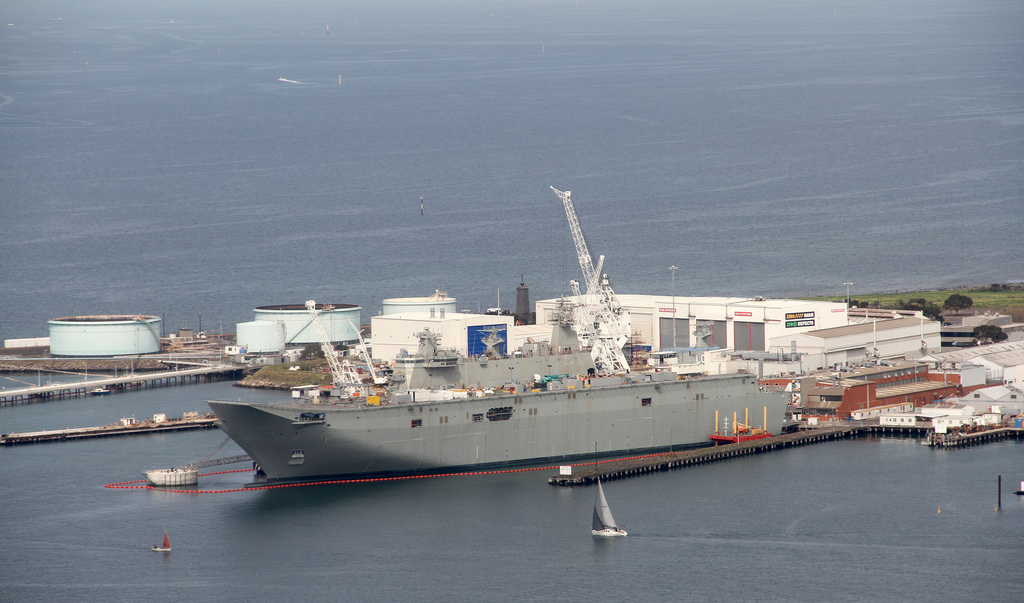

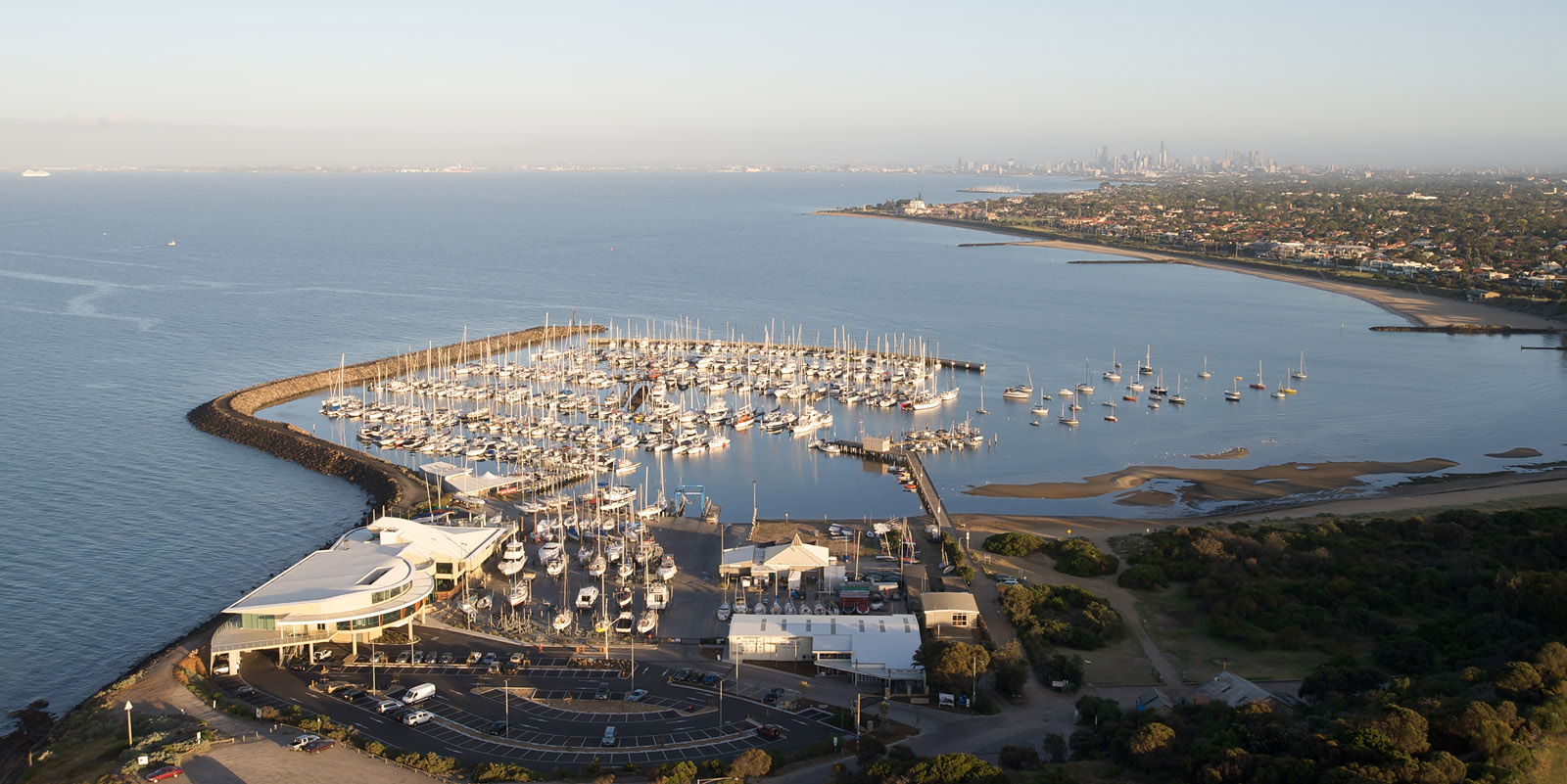

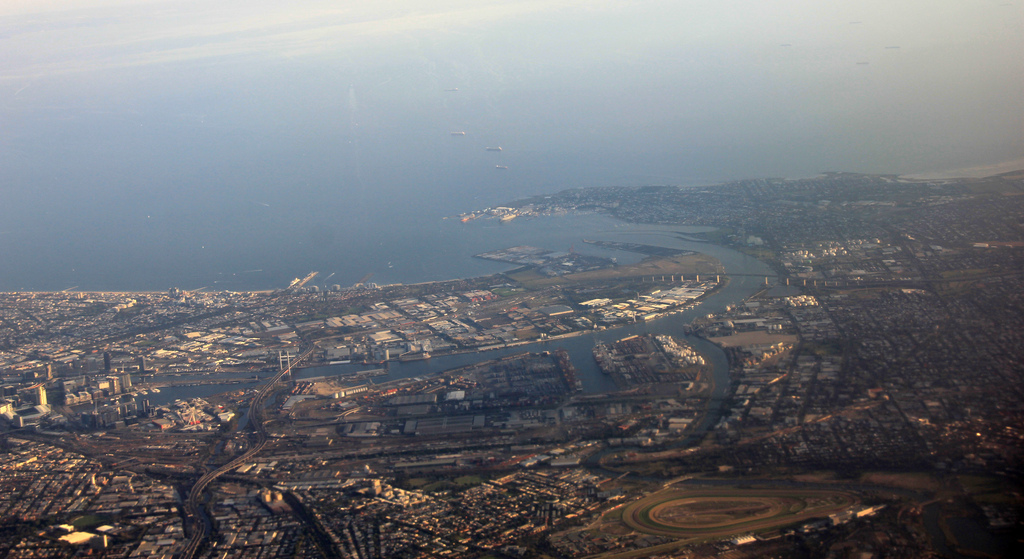
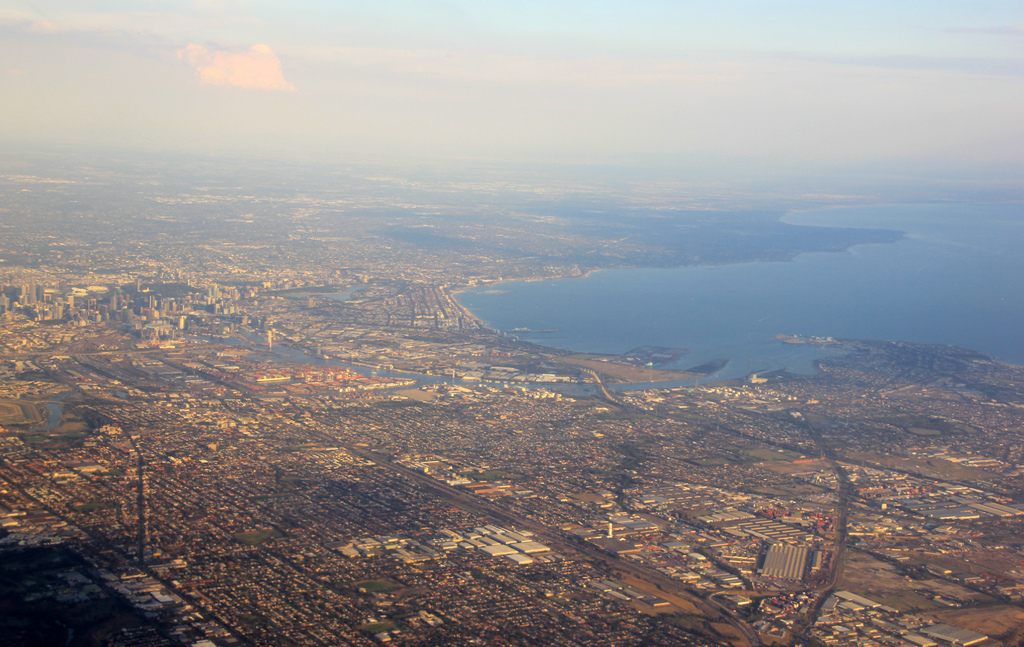
Port of Melbourne Names New CEO (Australia)
Posted on Dec 25th, 2013 with tags asia, Australia, CEO, names, New, News by topic, Port of Melbourne.
The Victorian Coalition Government has announced that Nick Easy has been appointed as CEO of the Port of Melbourne Corporation, Minister for Ports David Hodgett announced on Monday.
“I am very pleased to announce the appointment of Mr Nick Easy as the CEO of the Port of Melbourne Corporation (PoMC), following the PoMC Board recommendation,” Mr Hodgett said.
“Mr Easy previously worked at the Port of Melbourne in a number of senior executive positions, where he also oversaw the Channel Deepening Project. He will step into his new role at a critical time for the Port in its growth.
“With the $1.6 billion Port Capacity Project underway, Mr Easy takes on the position at a time when the Victorian Coalition Government is committed to increasing the capacity of our container trade, and cementing Victoria’s position as the freight and logistics capital of Australia.
As well as previously working for the PoMC in senior management, Mr Easy also worked in local government for a decade, and most recently as CEO of the Metropolitan Fire Brigade (MFB) leading an organization of 2,300 staff delivering emergency services to the Victorian community. He has a Bachelor of Applied Science (Planning) degree and a Post Graduate Diploma in Environmental Management.
Port of Melbourne Corporation Chairman Mark Birrell said that the Port of Melbourne Board undertook an extensive recruitment and selection process and was very pleased to recommend Nick Easy to the Victorian Government for appointment.
“The Board looks forward to Nick commencing in the role and provide strong leadership to the Corporation at this important time for the Port of Melbourne,” Mr Birrell said.
Mr Hodgett also paid tribute to retiring CEO Stephen Bradford, who is vacating the position after ten years of service as CEO at the Port of Melbourne.
“Stephen Bradford guided the Port of Melbourne through the Channel Deepening Project and has overseen unprecedented trade growth at the Port of Melbourne, which has helped establish Victoria as our nation’s freight leading state.
“I would like to thank Stephen for the enormous contribution he has made, and for his many years of great leadership and integrity,” Mr Hodgett said.
Mr Easy is expected to take up his position in March 2014. Ms Caryn Anderson has been appointed as Interim CEO.
http://www.portstrategy.com/news101/world/australasia/game-on-for-new-melbourne-car-terminal
The Port of Melbourne is Australia's busiest port for containerised and general cargo.[1] It is located in Melbourne, Victoria, and covers an area at the mouth of the Yarra River, downstream of Bolte Bridge, which is at the head of Port Phillip, as well as several piers on the bay itself. Since 1 July 2003, the Port of Melbourne has been managed by the Port of Melbourne Corporation, a statutory corporation created by the State of Victoria.
Most of the port is in the suburb of West Melbourne and should not be confused with the Melbourne suburb of Port Melbourne although Webb Dock and Station Pier, parts of the Port of Melbourne, are in Port Melbourne.
Port Melbourne (or Sandridge as it was known until 1884) was a busy port early in the history of Melbourne, but declined as a cargo port with the development of the Port of Melbourne in the late 19th century. It retains Melbourne's passenger terminal however, with cruise ships and ferries using Station Pier.
The port will be at full capacity in 2015.[2]
http://en.wikipedia.org/wiki/Port_of_Melbourne
https://www.flickr.com/photos/rovingisydney/tags/yarrariver/
https://www.flickr.com/photos/ross_of_geelong/tags/portofmelbourne/
https://www.flickr.com/photos/wallyonwater54/tags/melbourneseaplane/
https://www.flickr.com/search/?w=17091113@N00&q=melbourne port


Vídeo:
Web recomendada: http://www.portofmelbourne.com/
Contador: 11887
Inserción: 2014-03-06 15:17:53
Lugares a visitar en un radio de 100 km (en línea recta)
Mapa de los lugares a 100 km (en línea recta)
Mostrando Registros desde el 1 hasta el 0 de un total de 0
Visitas |
Más visitados Basílica de San Marcos 154541 Catedral de Notre Dame (París) 143860 Torre de Pisa 131272 Monte Saint-Michel 100399 Presa de las Tres Gargantas 81139 |
Incorporaciones |
Comentarios hazola Cúpula de la Roca gracias me... gera Buenos Aires las mejores fotos de la mejor ciudad del... Daniel M. - BRASIL San Francisco ... PEQUE Presa Chicoasén SERA QUE ALGUIEN ME PUEDE DAR MAS INFORMACIÓN DE ESTE PROYECTO ESTUDIO EN LA UNACH Y ES PARA UN... Mery Huaca Pucllana Muy interesante, muy buena la información y... |
 Tweet
Tweet


